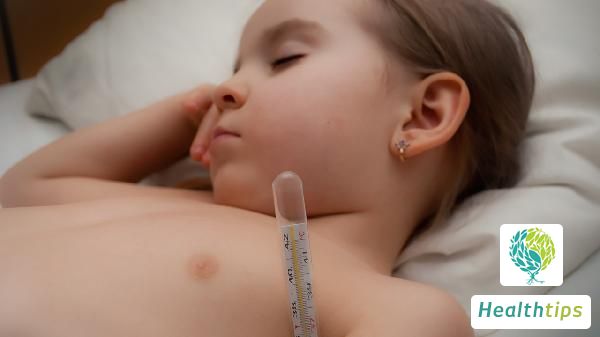How to Determine if a Child Has Amblyopia?
There are many ways to determine whether a child has amblyopia, including observing vision, undergoing refractive examination, fundus examination, etc. If parents suspect that their child has amblyopia, they are advised to take the child to the hospital promptly for a doctor's consultation and complete relevant examinations under the doctor's guidance. Here are some methods:

Simple Judgment Method:
The normal vision of a child around 1 year old should be between 0.6-0.8, while that of a 2-year-old child should reach or exceed 0.5. By 3 years old, it can reach 0.7-0.9, and by 4 years old, it can be close to the adult level. If a child's vision does not meet these standards, there may be a possibility of amblyopia.
Professional Judgment Method:
-
Vision: For younger children, vision tests such as the cover test and red reflex test can be used to initially diagnose the presence of amblyopia.
-
Refractive Examination: This is a vision test that can determine the refractive status of the eyes, including whether there is myopia, hyperopia, astigmatism, etc., thereby assisting in judging whether there is amblyopia.
-
Fundus Examination: Through funduscopy, retinal macular hypoplasia can be detected, and the reflection point at the fovea can be observed to exclude optic nerve papilledema, choroidal atrophy, and other issues. Comprehensive analysis can also be conducted based on strabismus degree, ocular motor function, visual field range, etc., to help determine whether there is amblyopia.



















